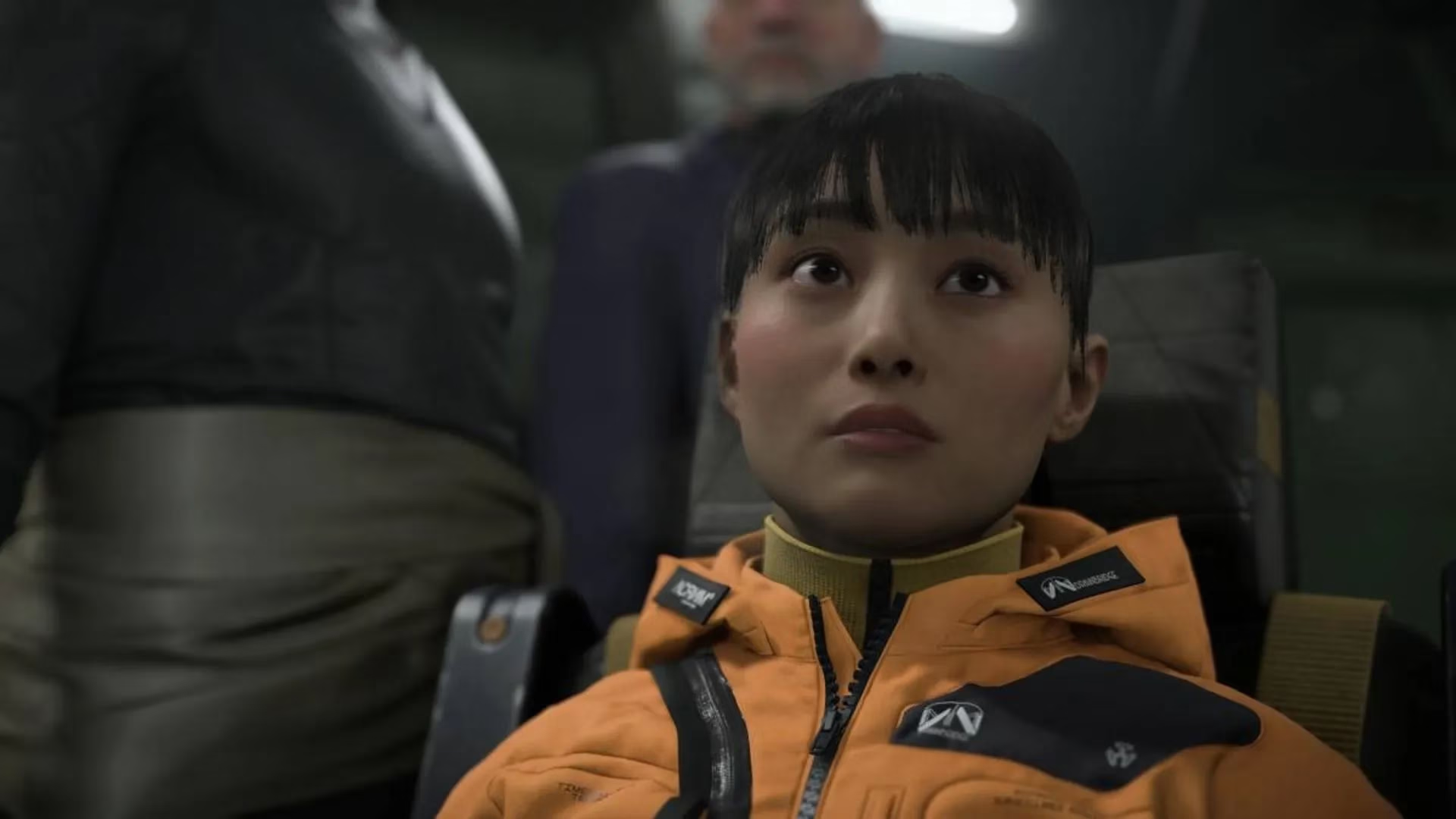Kojima Explains CG Hurdles in Representing Asian Characters in Games
Kojima reveals technical challenges in accurately depicting Asian faces in video games, inspiring hope for future breakthroughs in cultural diversity and CGI technology.
Hideo Kojima, the legendary Japanese game creator behind hits like Death Stranding 2: On the Beach, has long faced questions about the scarcity of Japanese and Asian characters in his blockbuster titles. Despite his own heritage, games such as the Metal Gear Solid series and his latest releases often feature predominantly Western faces, leaving fans curious about the underlying reasons. In a recent revelation, Kojima opened up about the technical difficulties that have historically hindered accurate depictions of Asian individuals in computer graphics, shedding light on a challenge that transcends mere casting choices and delves into the complexities of modern game development. As a gamer who admires Kojima's innovative storytelling, it's both enlightening and a bit disheartening to realize that even in 2025, technological limitations can still impede cultural diversity in such high-budget productions—perhaps this gap will inspire future breakthroughs in the industry.

Speaking to IGN Japan, Kojima addressed this issue head-on, particularly in the context of casting Japanese actress Shioli Kutsuna for Death Stranding 2. He explained that recreating Asian faces in CG has proven exceptionally difficult over the years, especially for women and younger actors. According to Kojima, the inherent smoothness and delicate texture of Asian skin often appear unnaturally artificial when scanned and rendered in 3D models. "It’s really hard to recreate Asian faces accurately in CG," he stated, adding that this isn't just a Japanese problem but a broader Asian challenge, where the fine, flawless complexion tends to lose its realism in digital form. For players like myself, this explanation resonates; I've always wondered why characters like Kutsuna's portrayal sometimes feel slightly off, and Kojima's candidness makes me appreciate the painstaking effort behind every pixel—it's a reminder that art imitates life, but not always perfectly.
Kojima elaborated that while older individuals or those with distinctive features like freckles scan with more detail and authenticity, the subtleties of youthful, smooth skin are harder to capture. He admitted to previous failed attempts with Japanese actors, where the results never quite matched the intended realism. However, he expressed optimism about advancements in technology, noting that Death Stranding 2 utilized new methods that yielded better outcomes. "This time we used new technology, and I’m really happy with how it turned out," Kojima shared. "Of course, I still want to improve even more next time." This push for innovation is commendable, and as someone who's played the game, the visual leaps are noticeable—yet, it leaves me pondering how many other untold stories and faces remain underrepresented due to such hurdles. Will the next generation of CG tools finally bridge this gap, or will it take a cultural shift in development priorities? 😕
Despite these challenges, Death Stranding 2 has not suffered in quality. On Open Critic, the game boasts an impressive 90 average review score from nearly a hundred critics, cementing its status as one of 2025's top titles. The success highlights that while representation issues exist, Kojima's creative vision continues to captivate audiences. From a personal standpoint, it's thrilling to see a game overcome technical obstacles to deliver such an immersive experience—I recall moments where the seamless world-building overshadowed any minor flaws in character design. But the lingering question is whether the industry as a whole will follow suit in addressing diversity. After all, Kojima himself has added personal touches to the game, such as Easter eggs that staff reportedly wouldn't include, showing his dedication to fan engagement. 🎮
Beyond the CG debate, Kojima teased other exciting developments for the Death Stranding franchise. An anime adaptation is reportedly in the works, alongside a live-action movie, though details remain scarce. This expansion into different media could offer new avenues for representation, potentially allowing for more authentic portrayals outside the constraints of game engines. As an enthusiast, I'm eager to see how these projects unfold—will they embrace a broader cast, or will the same technical limitations persist? The thought alone sparks curiosity about the evolving intersection of technology and storytelling in entertainment.
In summary, Kojima's insights provide a rare glimpse into the behind-the-scenes struggles of game development. Key technical challenges include:
-
Skin texture issues: Smooth Asian skin often looks artificial in CG.
-
Age and feature dependency: Older or freckled faces scan better.
-
Technological progress: New tools are improving, but not perfect yet.
A comparison of CG challenges and improvements:
| Aspect | Challenge | Progress in Death Stranding 2 |
|---|---|---|
| Youthful faces | High difficulty due to smoothness | Better with new tech, still needs work |
| Cultural diversity | Limited Asian representation | Slight improvements via casting like Kutsuna |
| Realism | Often appears fake | Enhanced but not flawless |
As we reflect on Kojima's journey, it's clear that the road to perfect representation is fraught with obstacles. Yet, the passion for innovation shines through—maybe one day, CG will capture every nuance, inviting us all to a more inclusive gaming world. What do you think lies ahead for diversity in digital art? 🤔